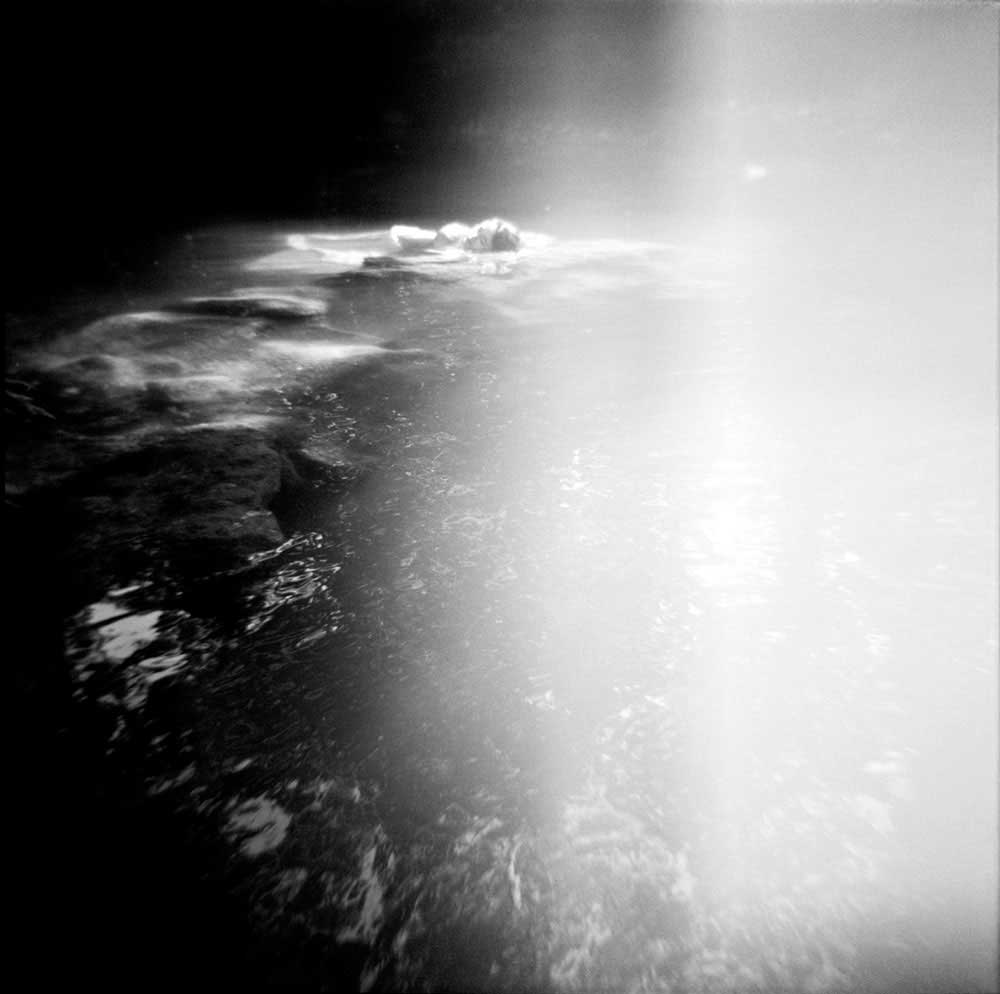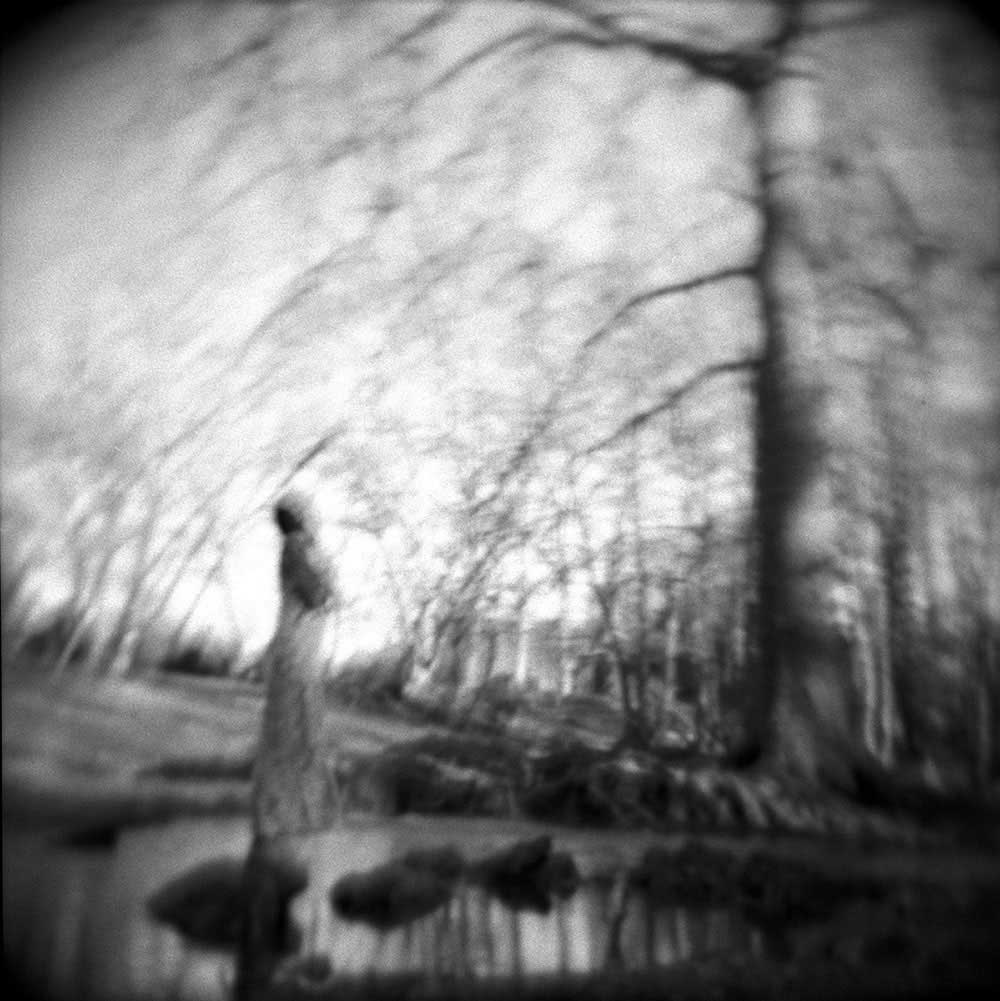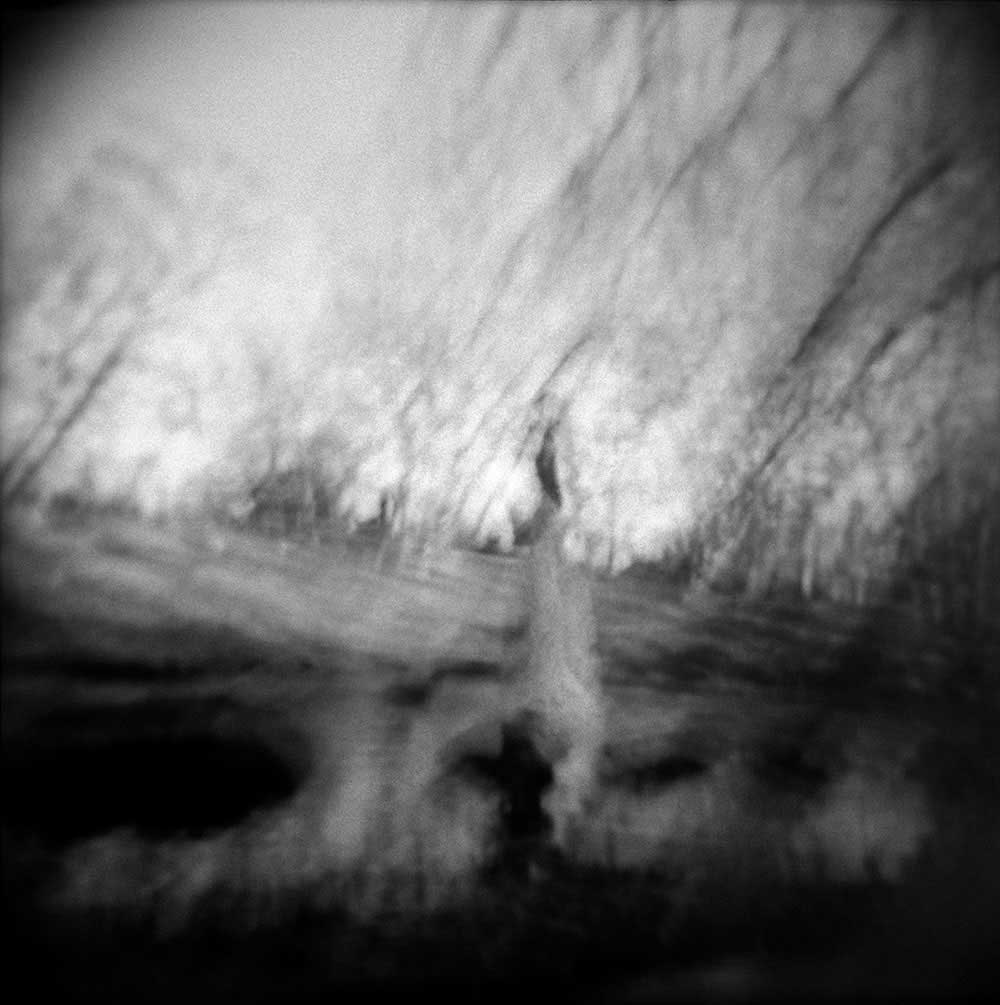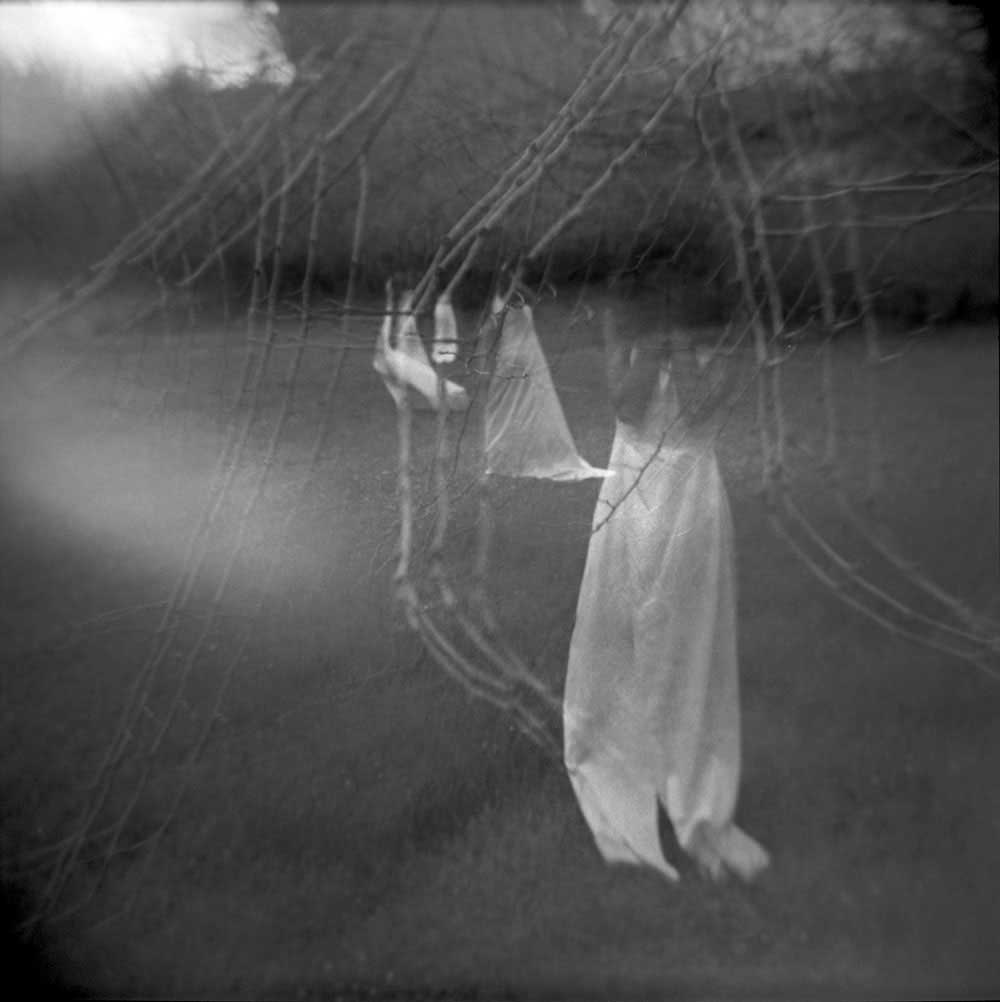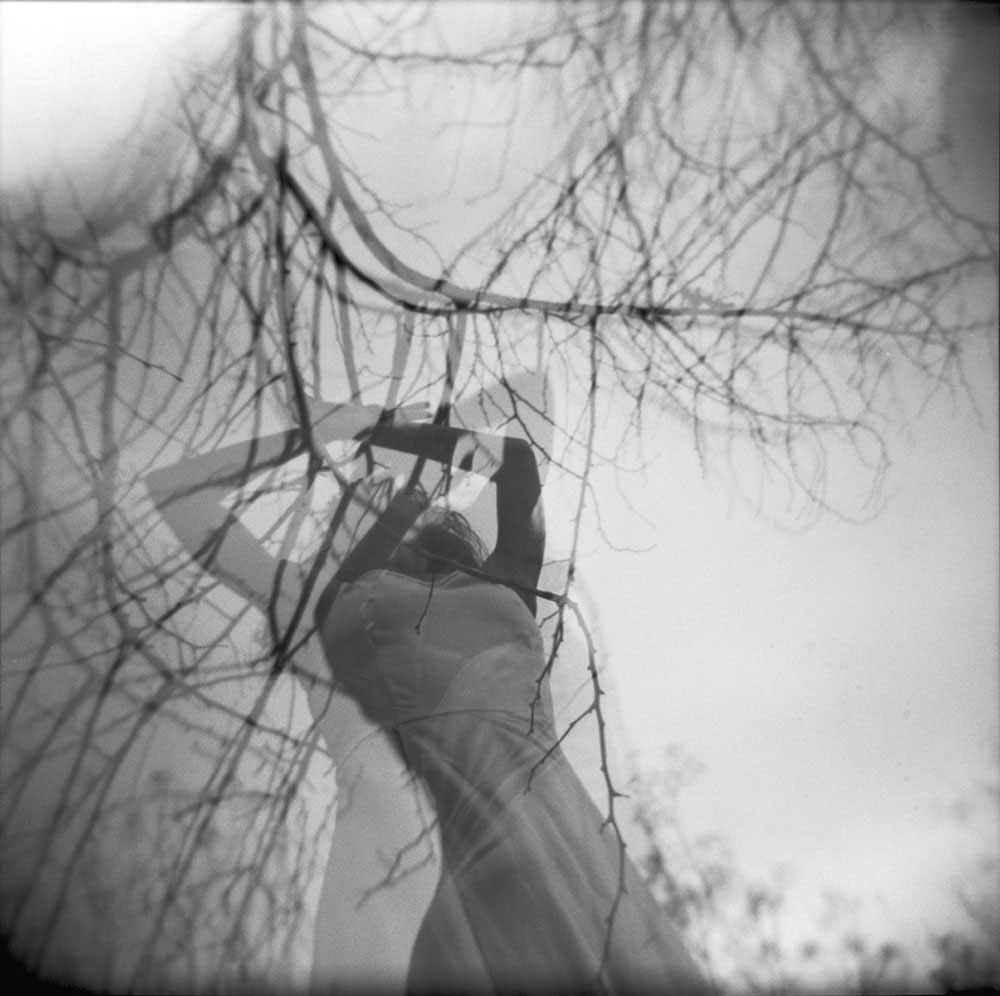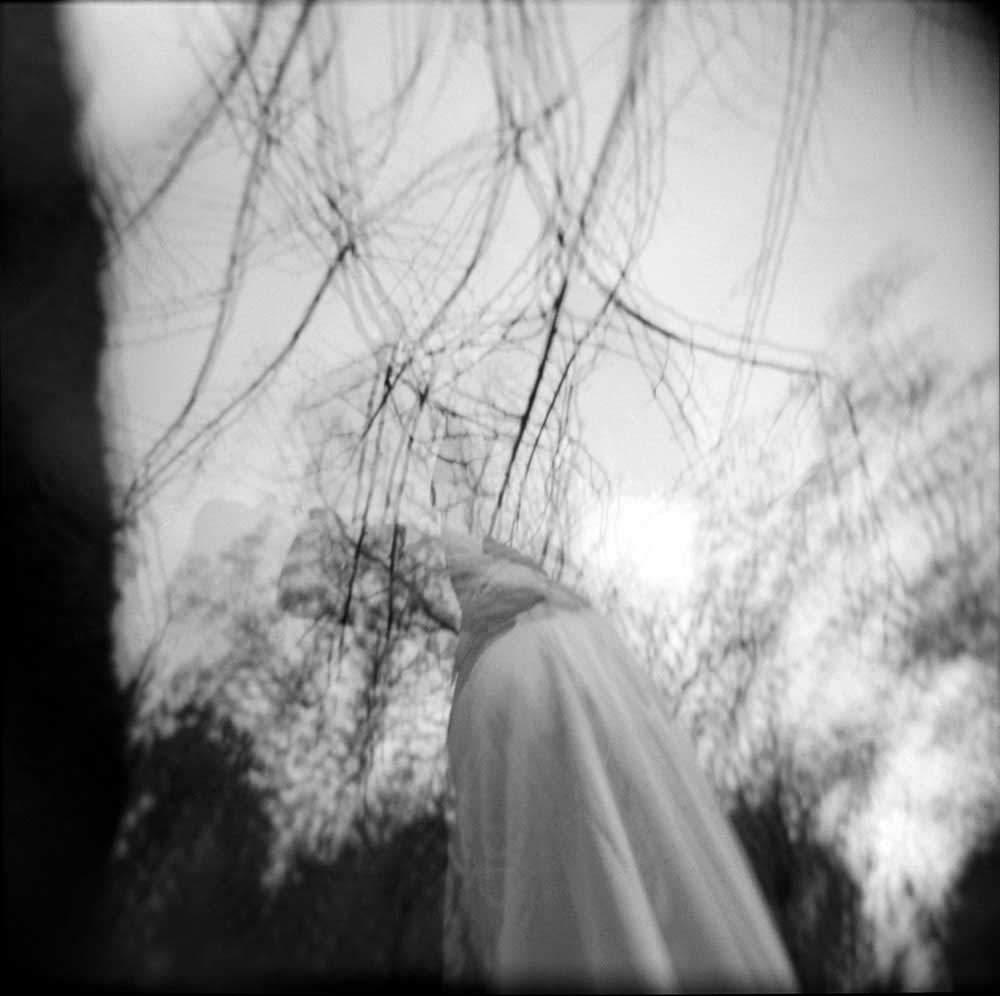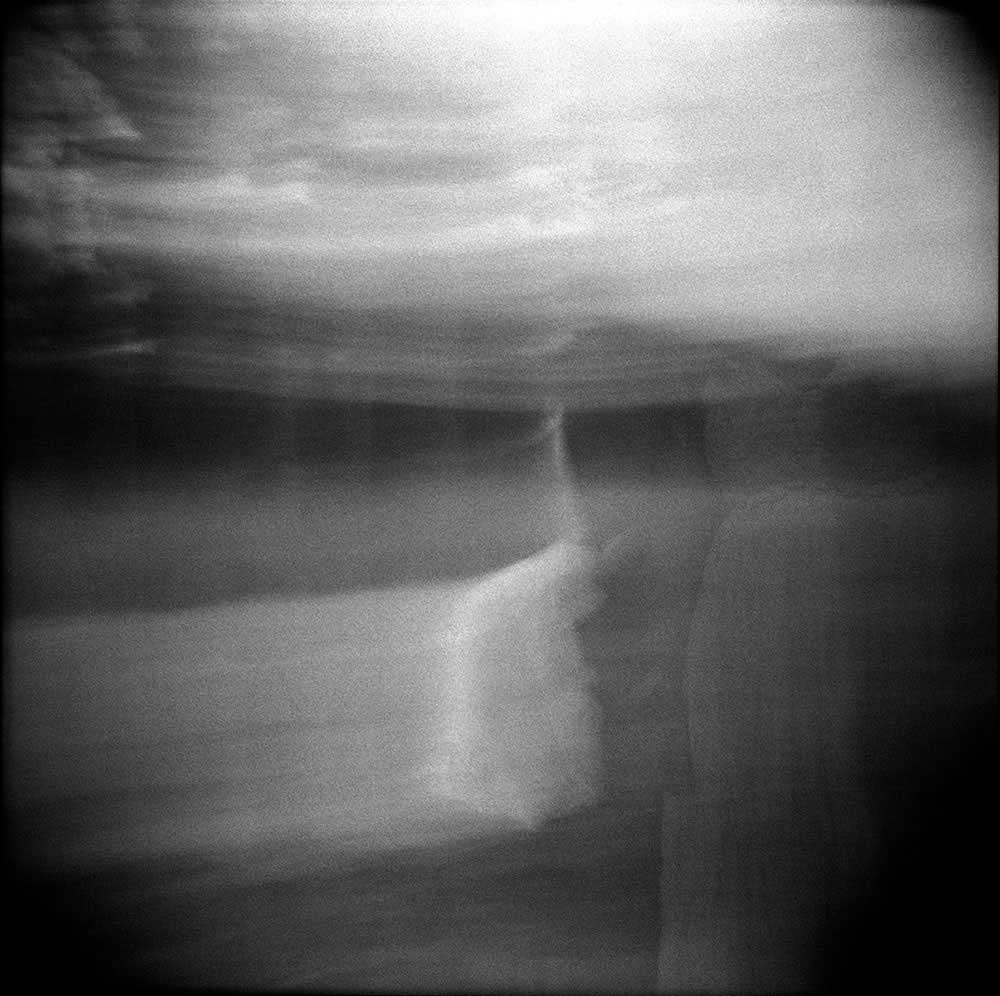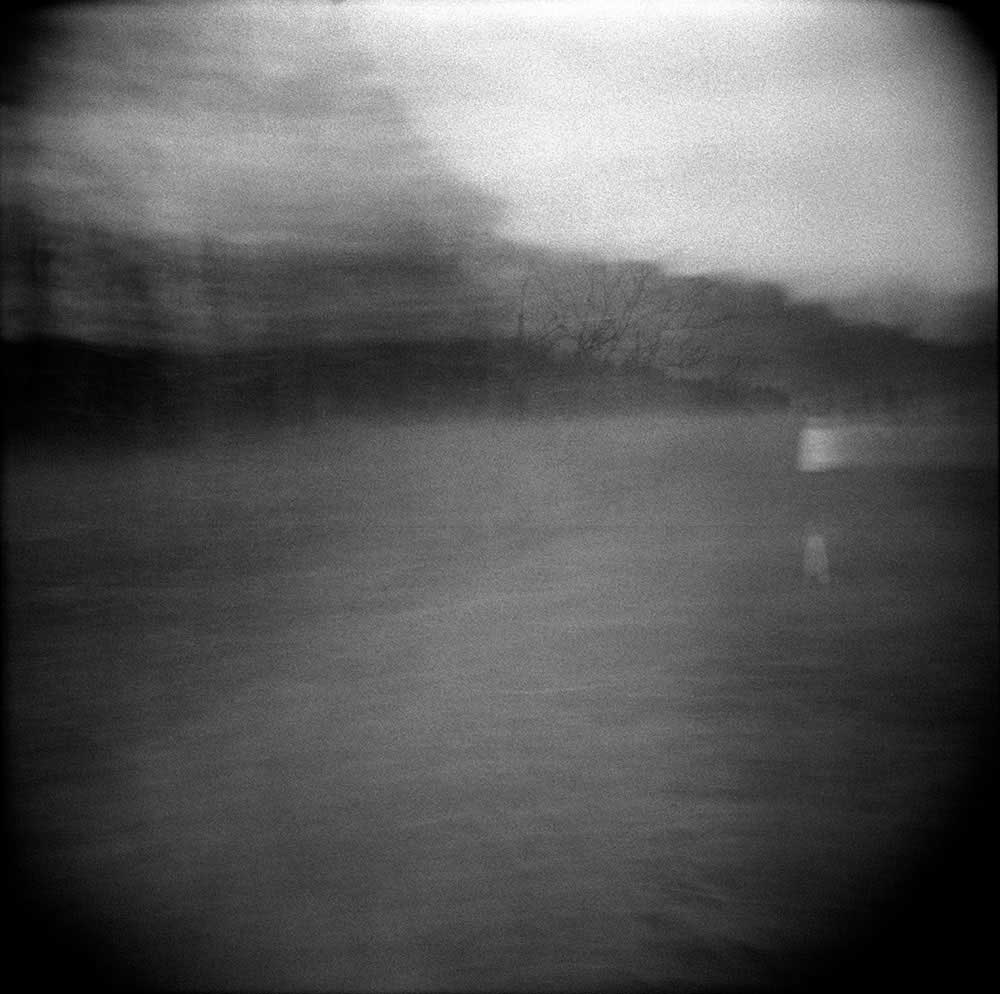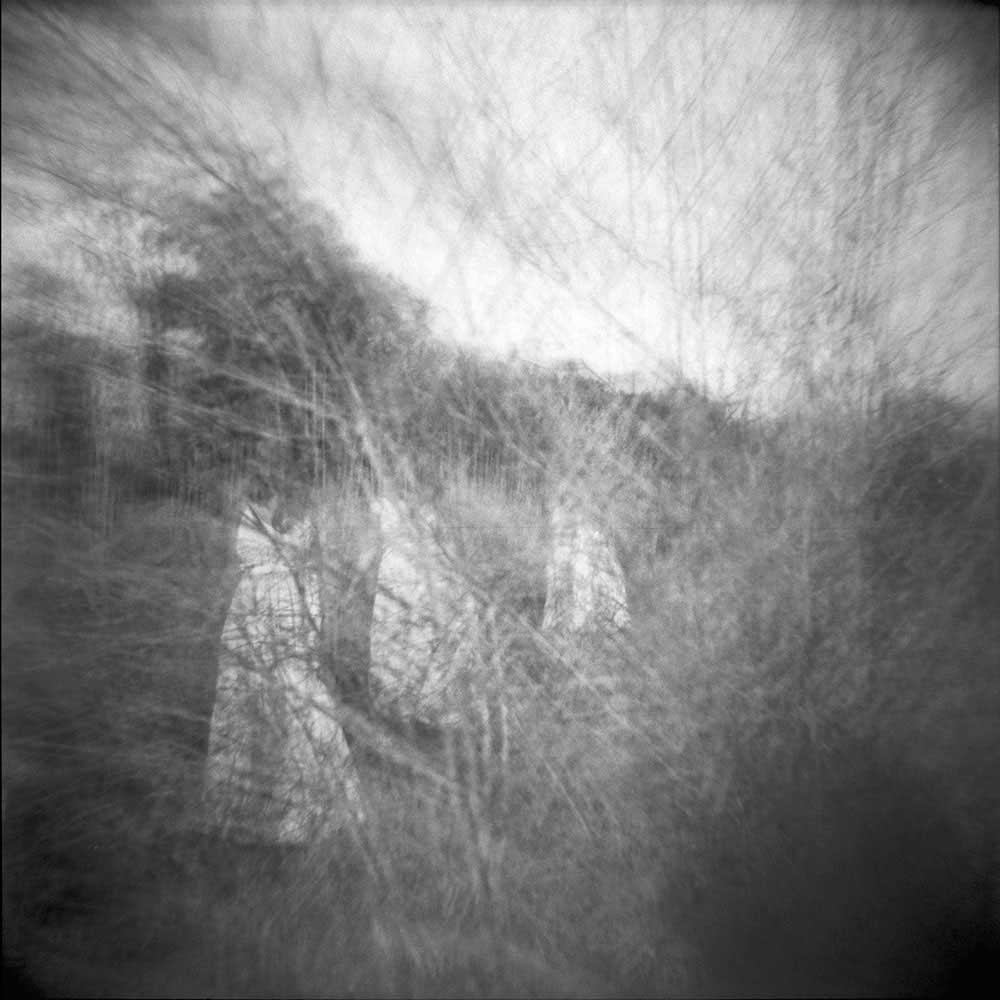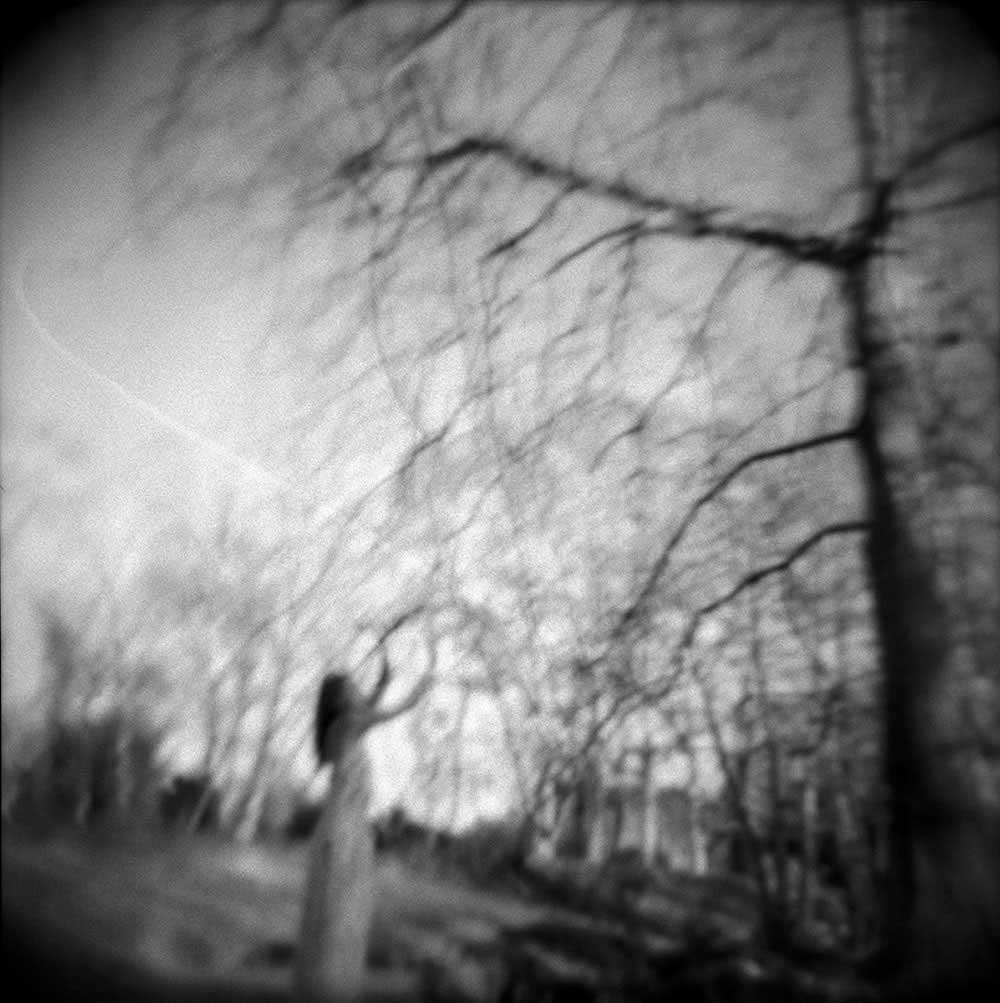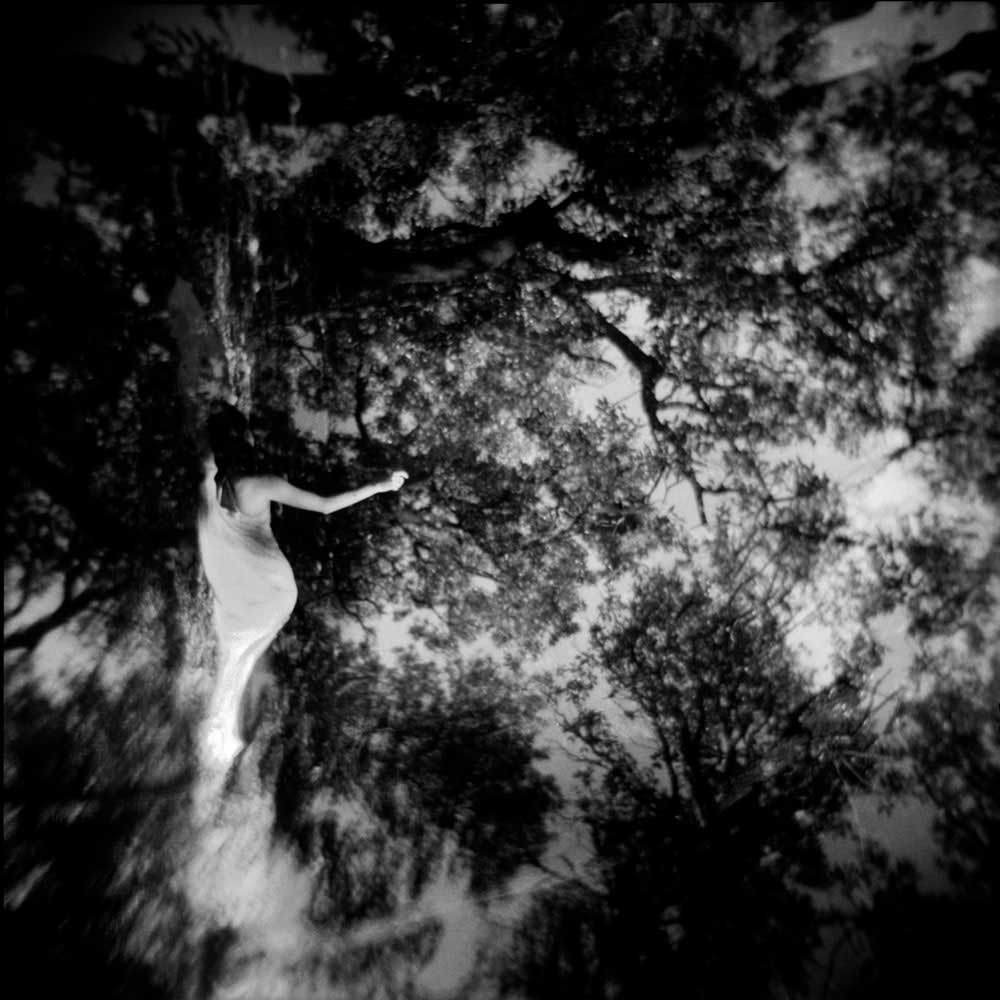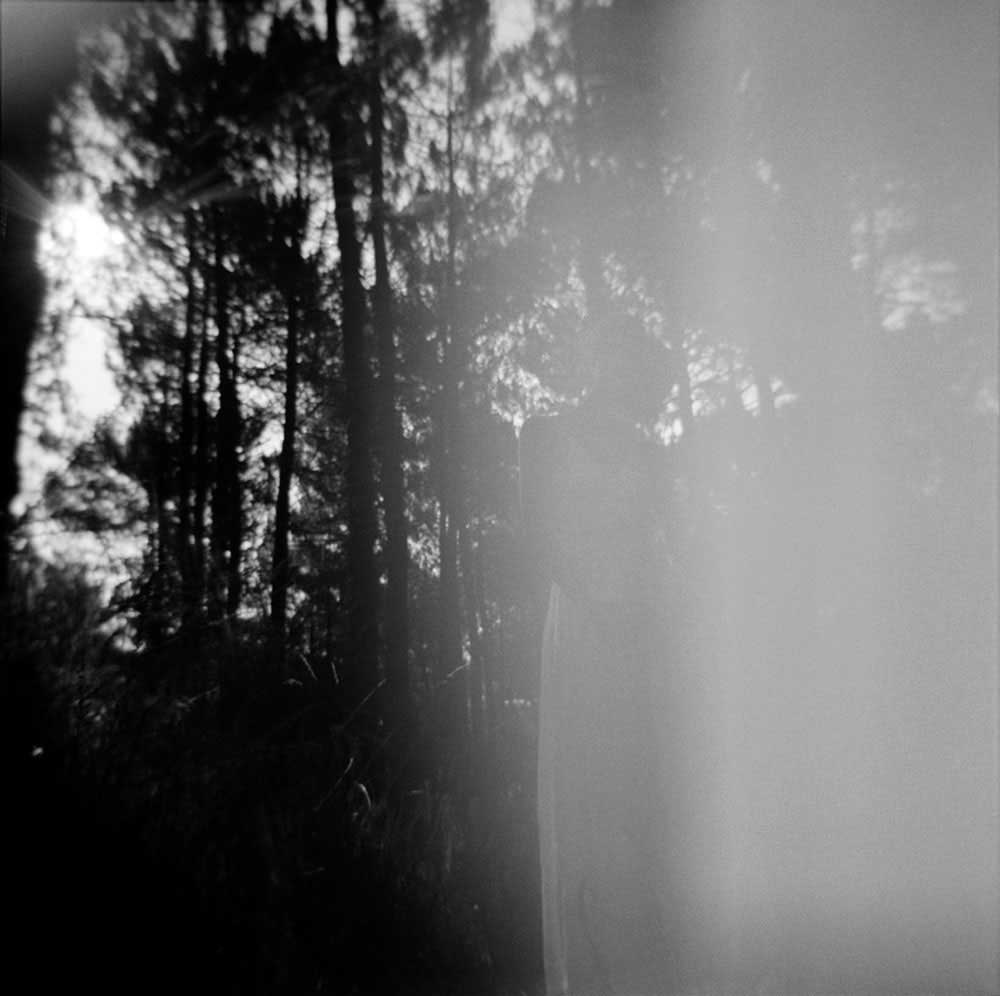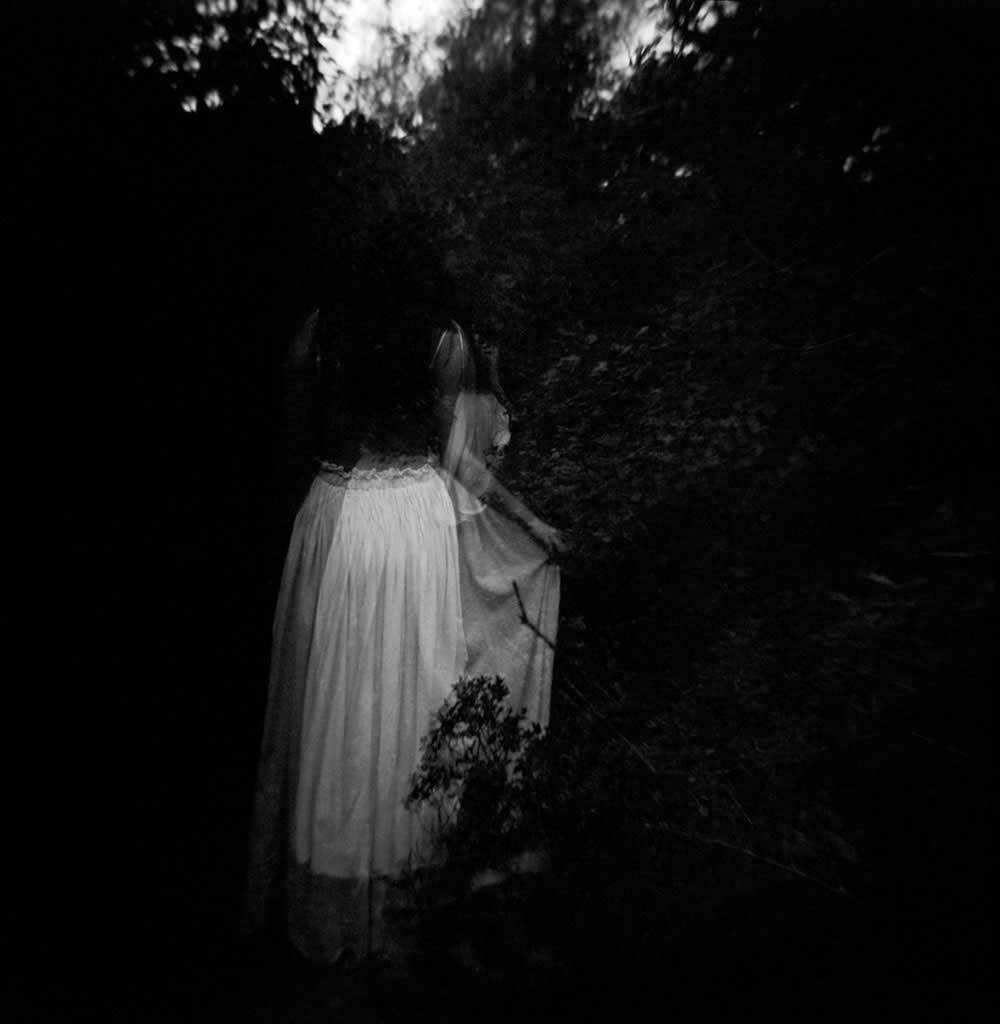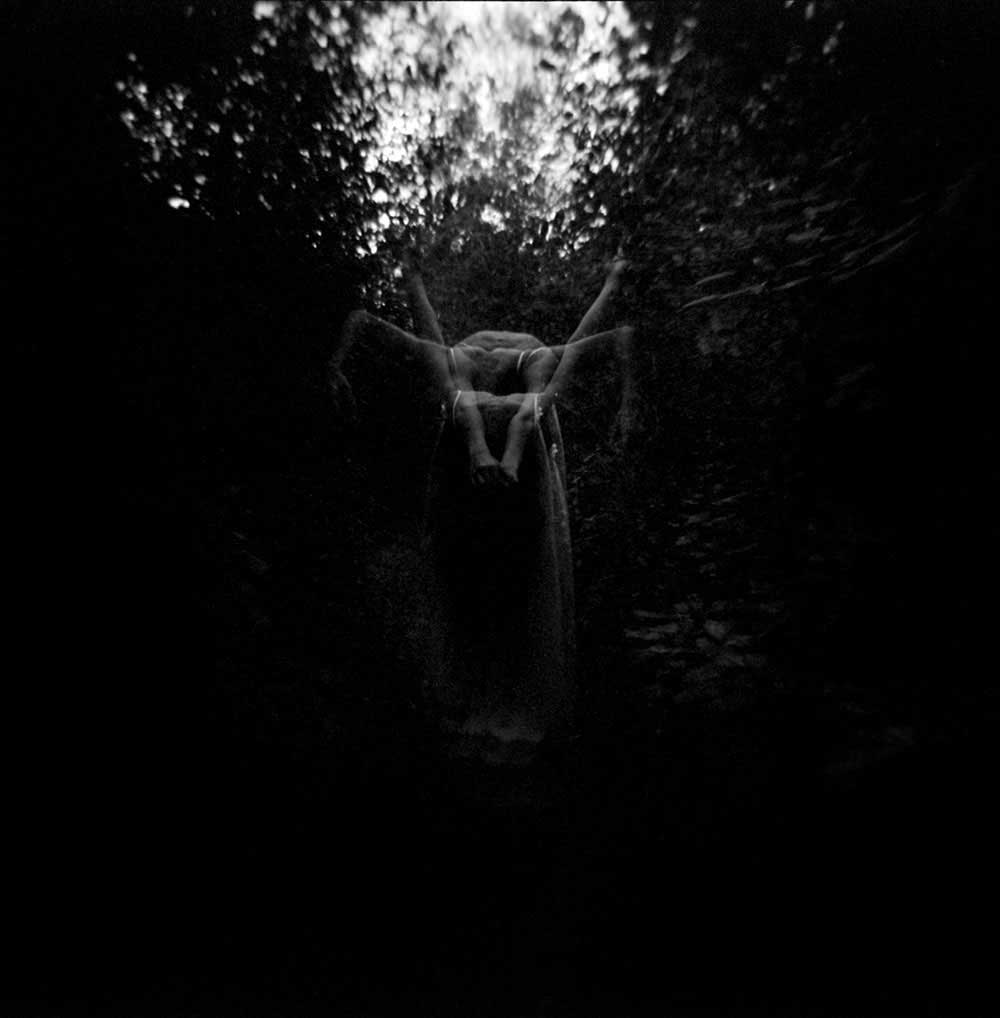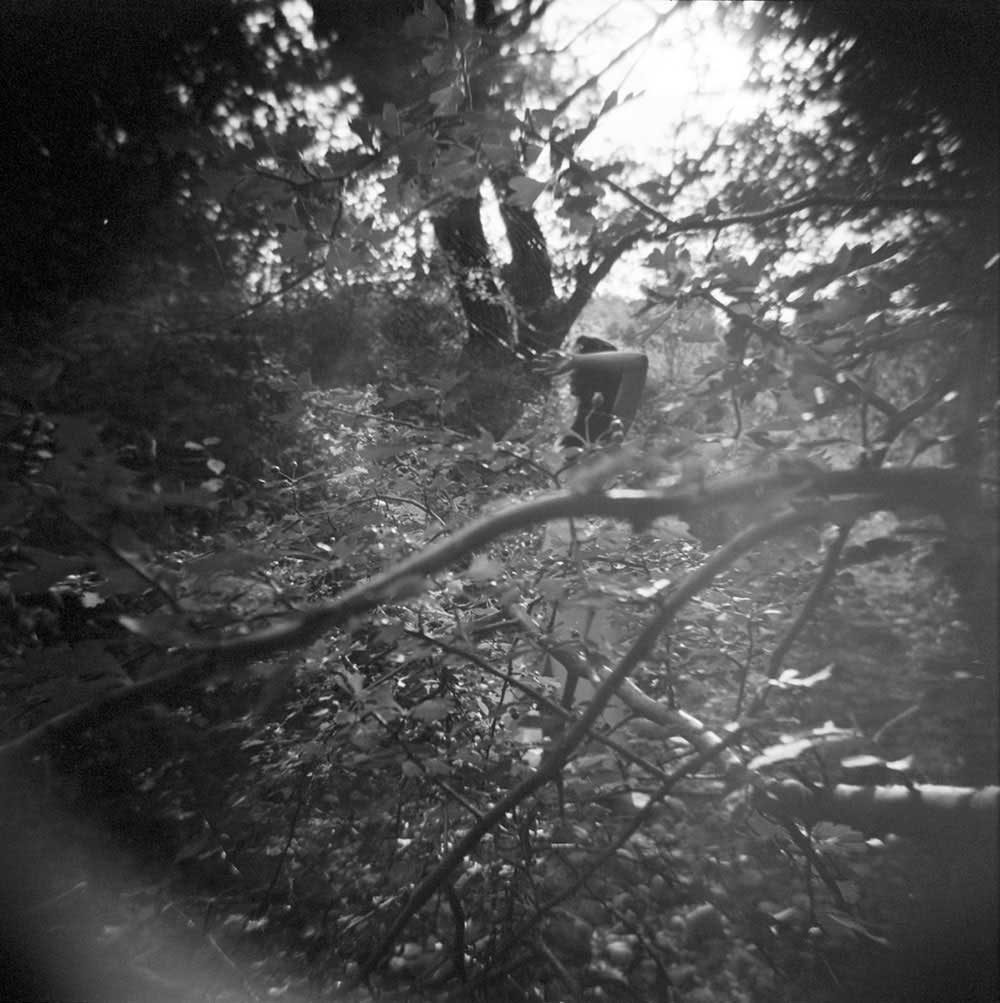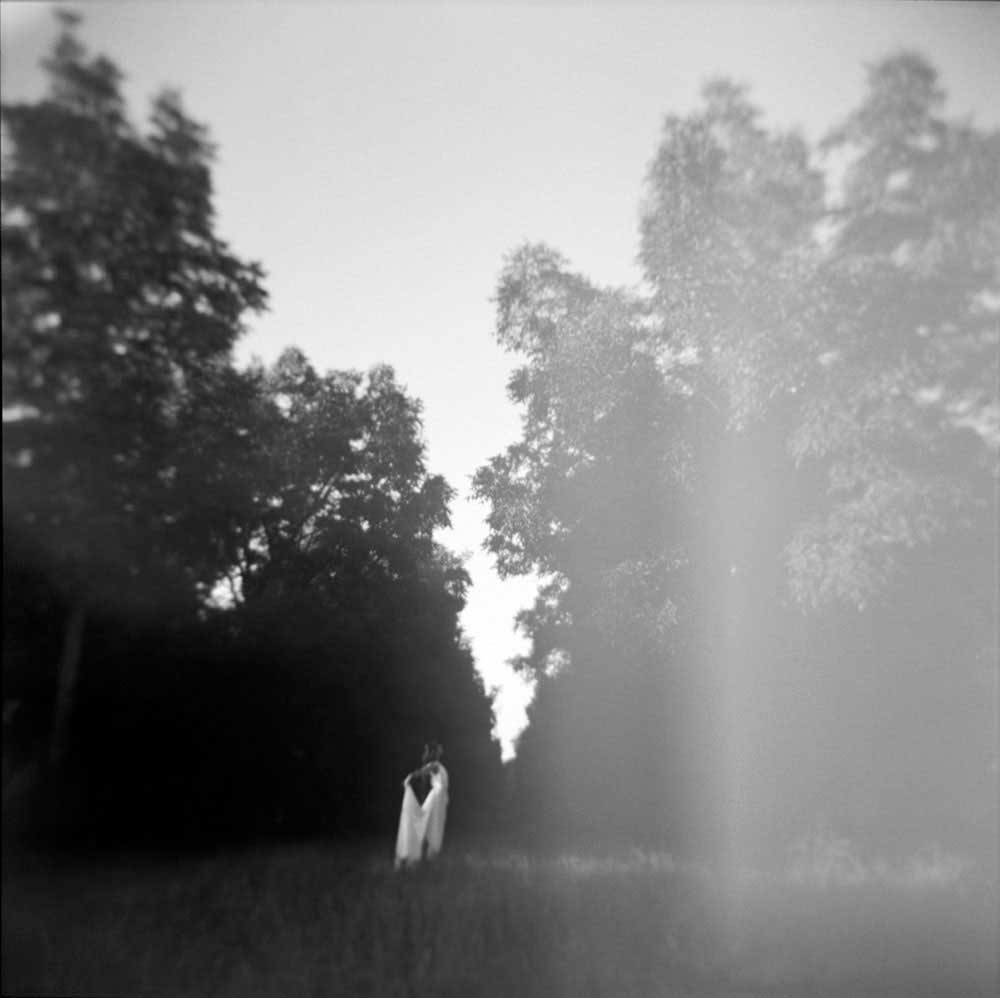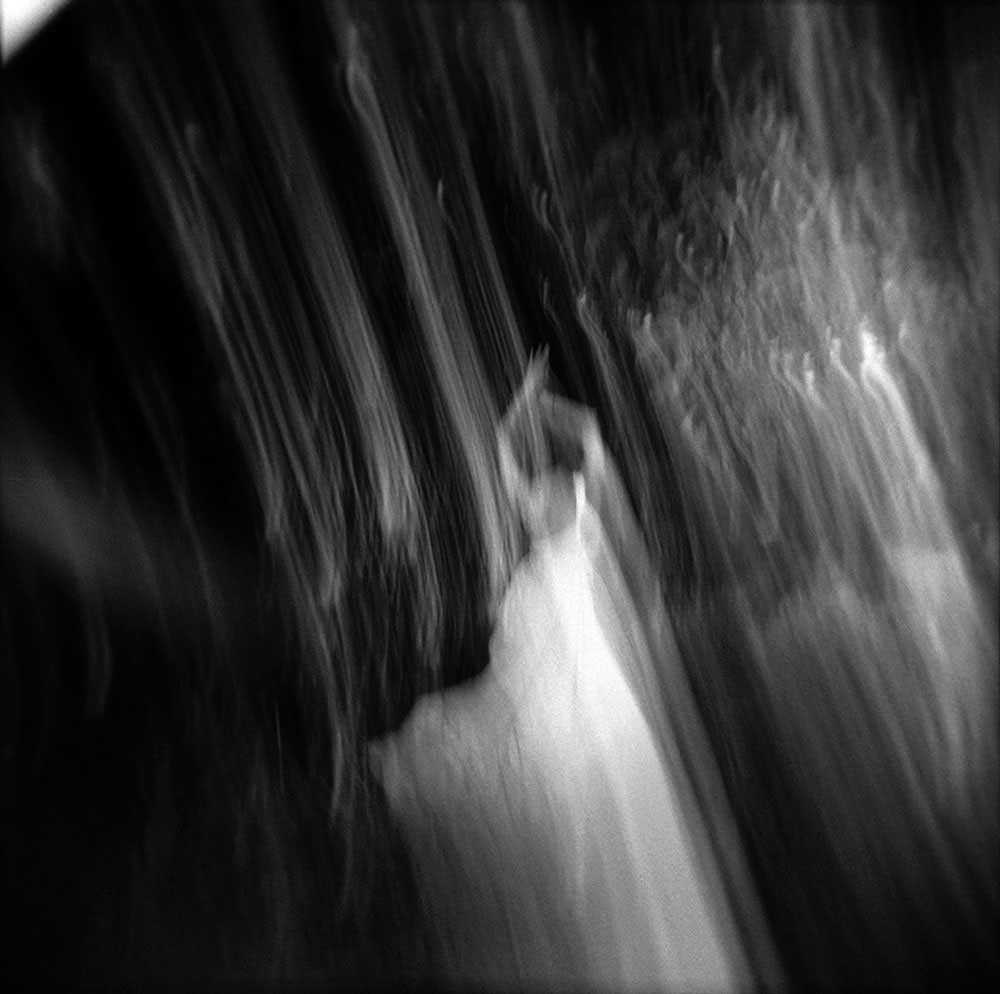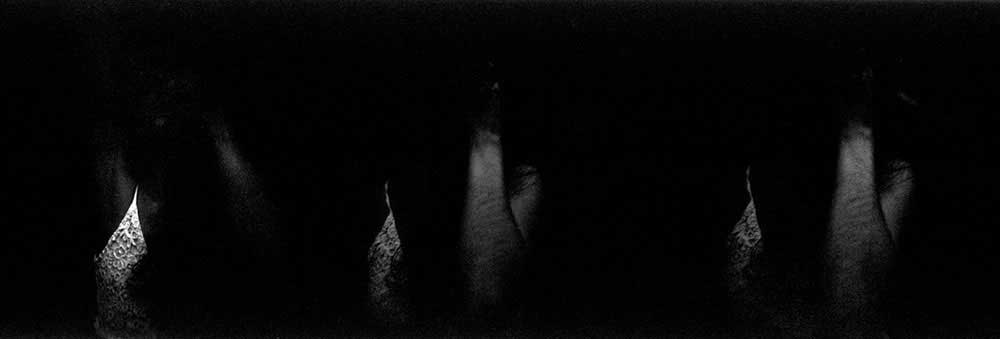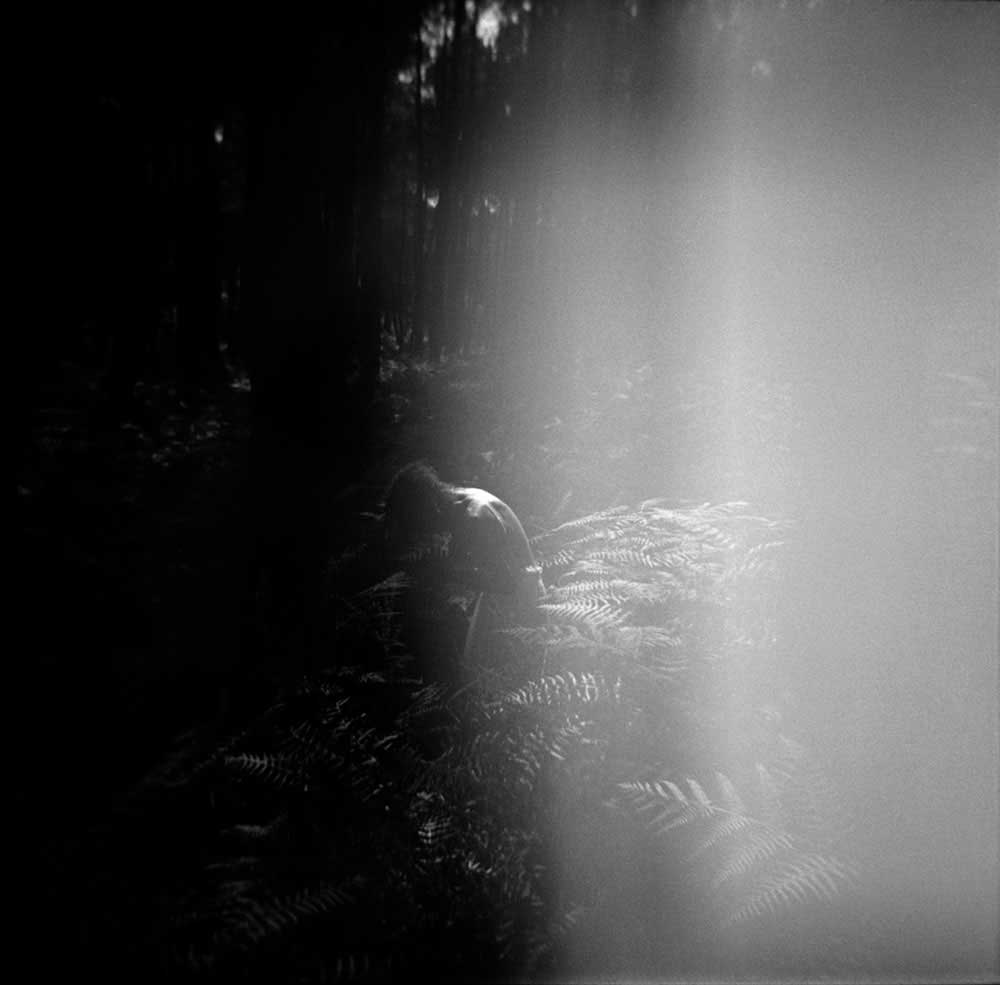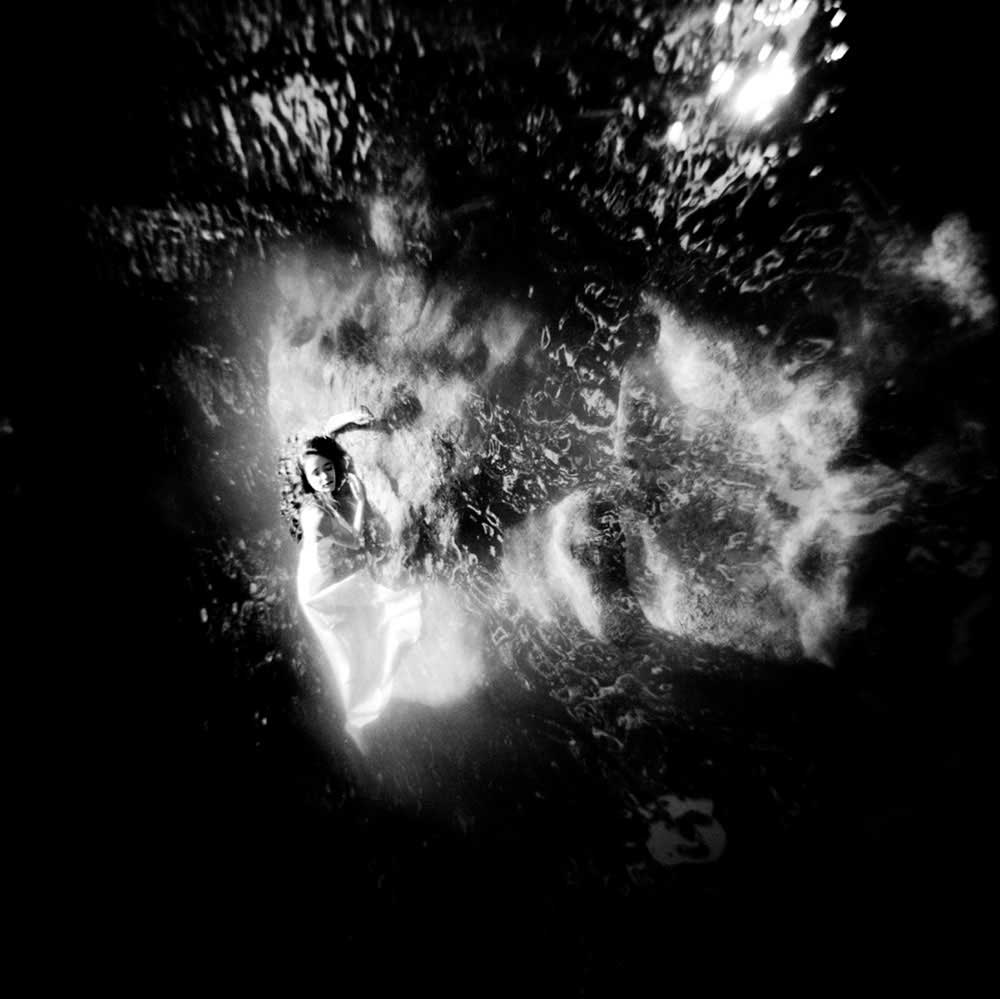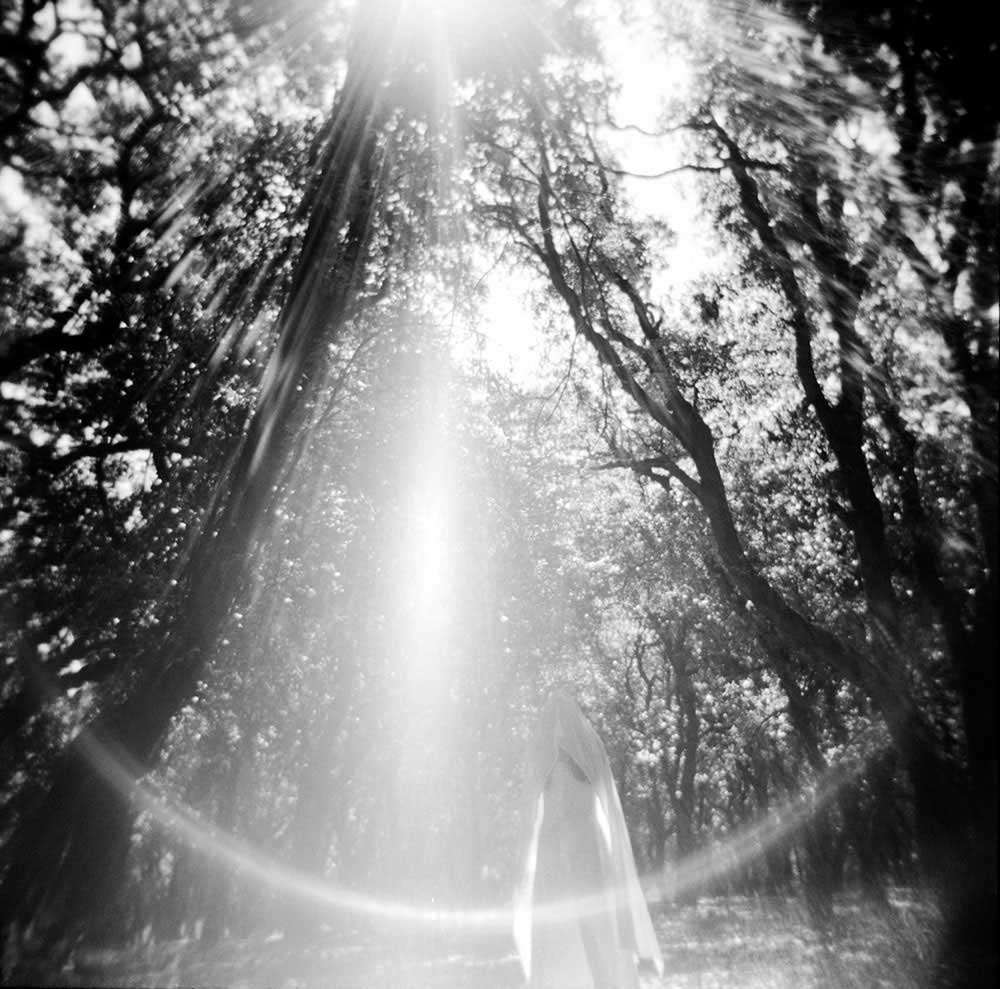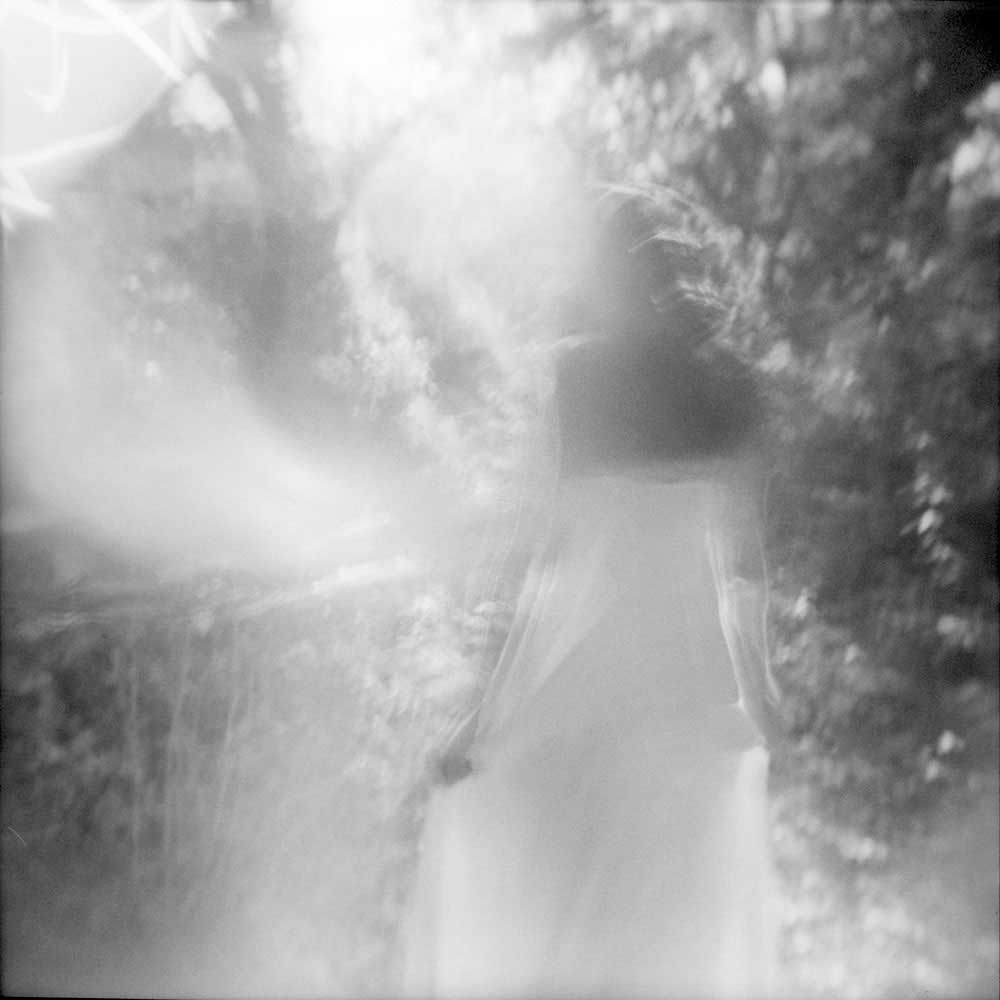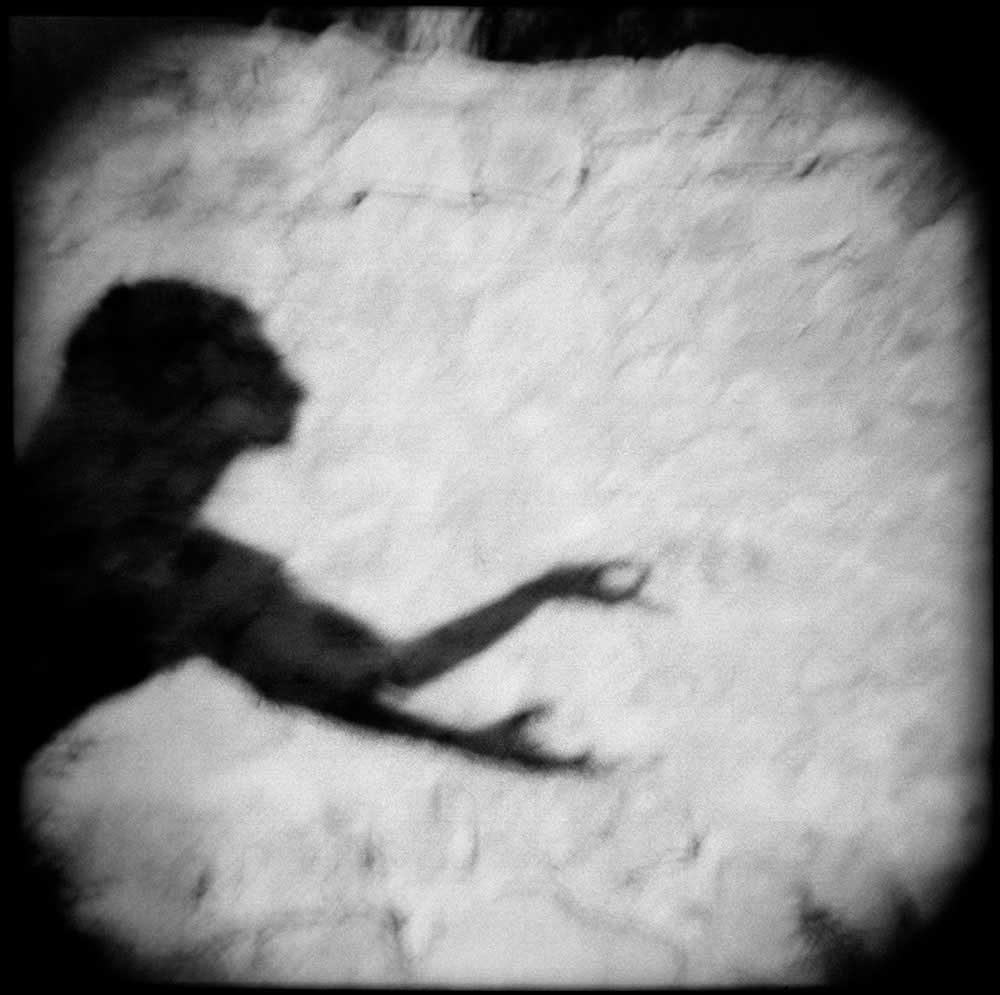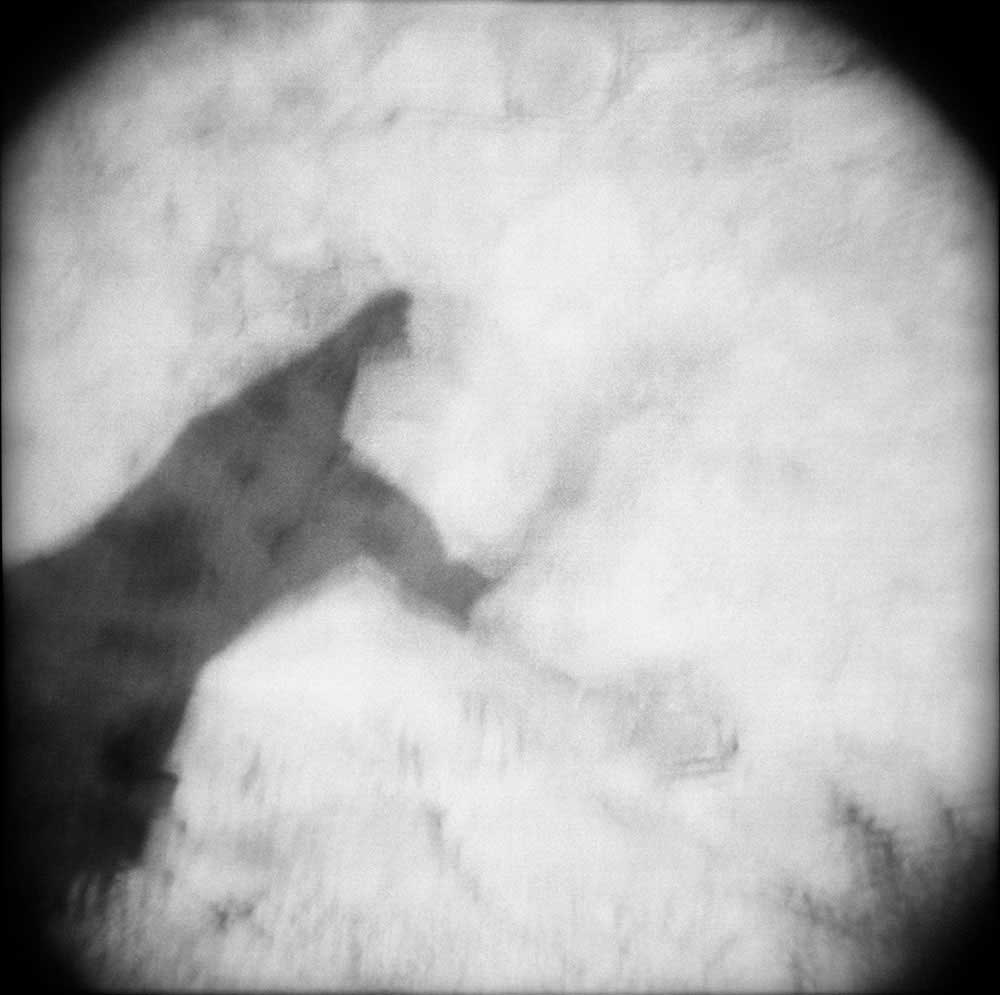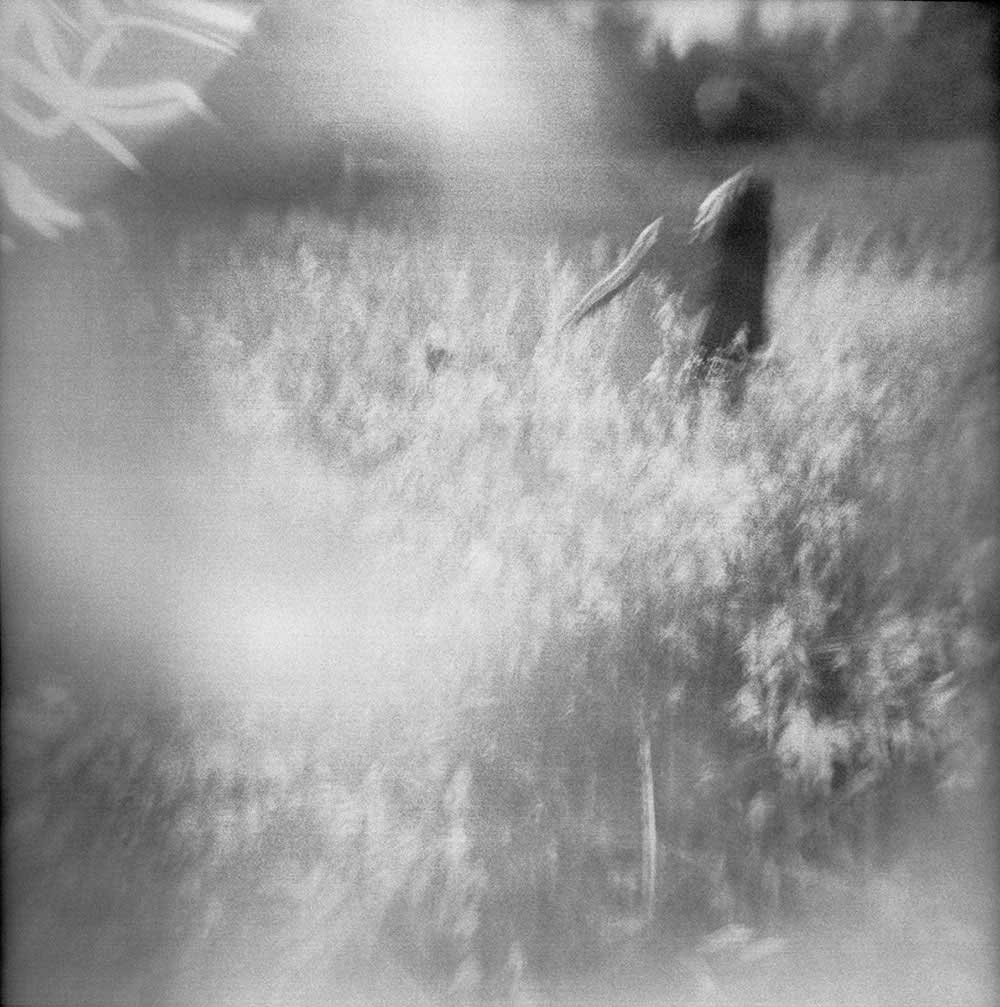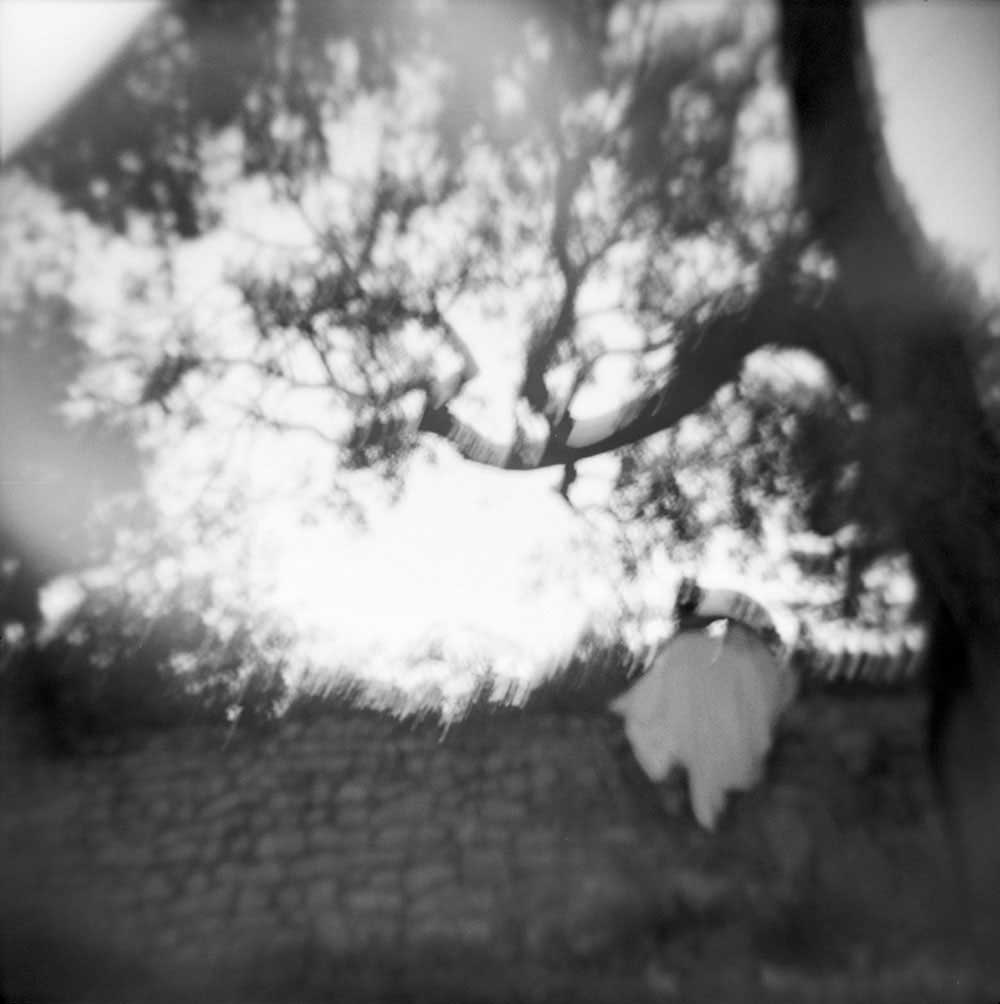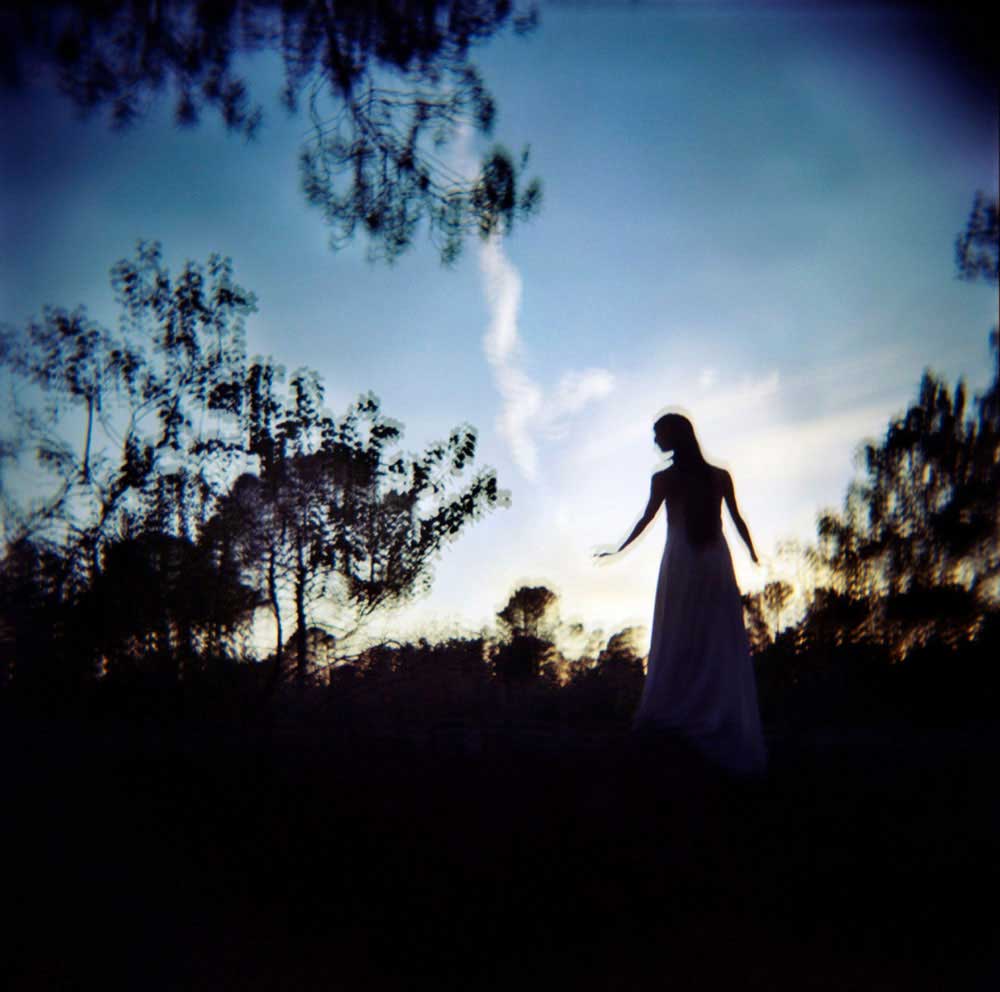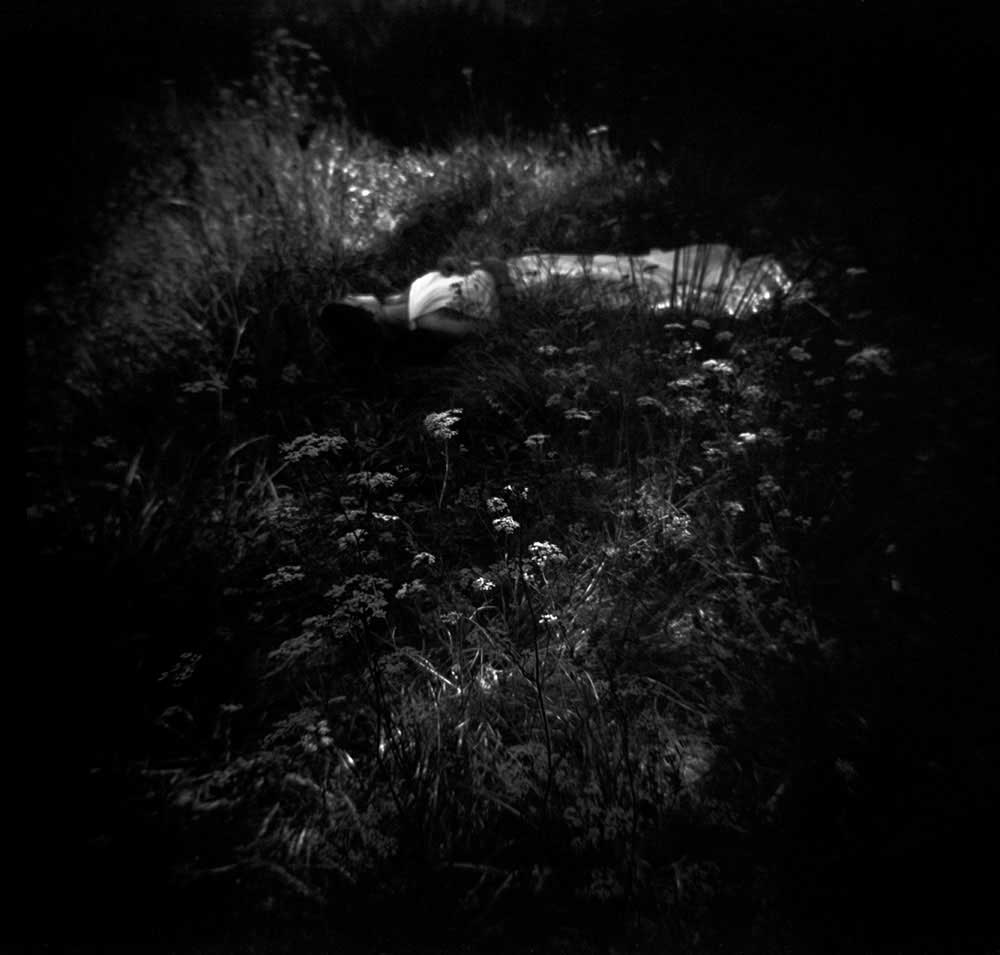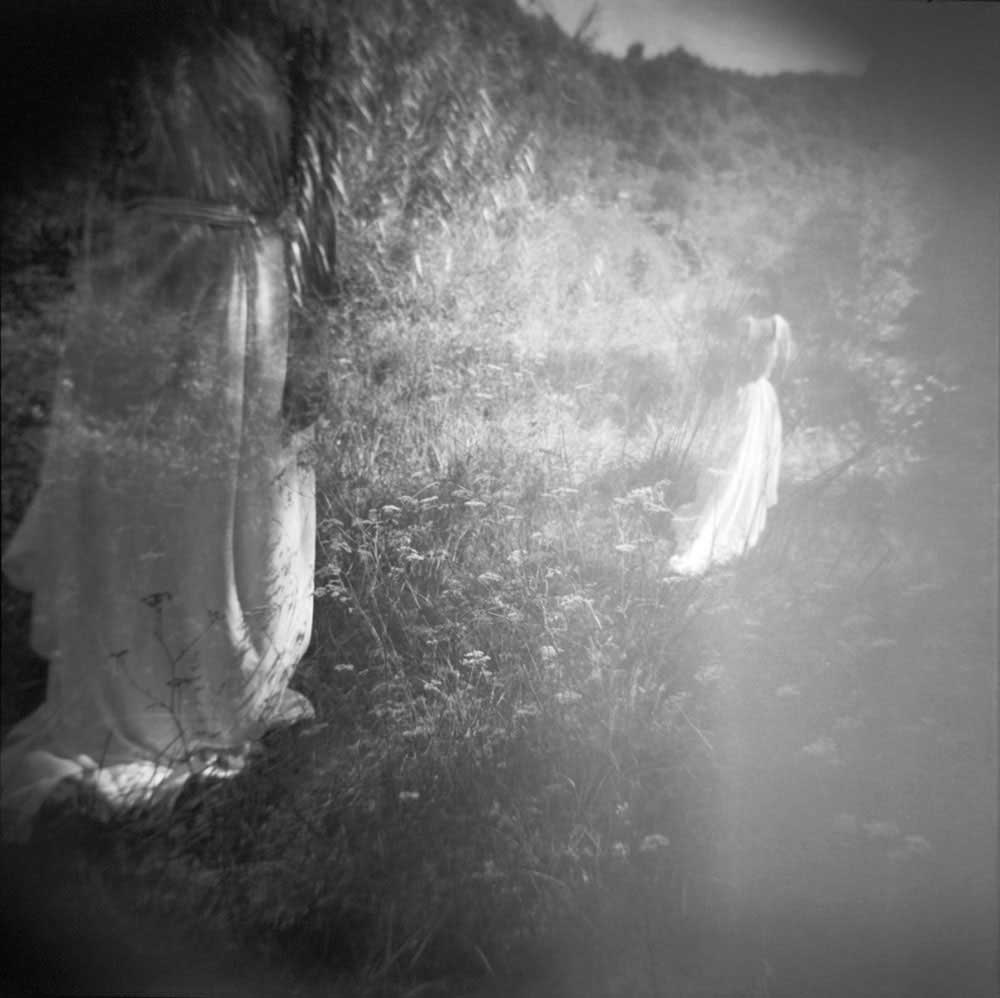Oh! My dear friend, who is able to find the true face of Eurydice ?
(Diderot, Essay on the painting, fairs of 1759, 1761, and 1763).
One of the current most popular Greek myths is the tragic story of Orpheus and Eurydice. Usually the most known version is the one narrated by Ovide and Virgile in the Metamorphosis and Georgica respectively.
Orpheus, son of the muse Calliope, owns the divine gift to be able to enchant every kind of creature thanks to his singings and his lyre. In love with the nymph Eurydice, he marries her. Tragically, she dies the day of the wedding because of a viper’s bite. Inconsolable, Orpheus undertakes to do the most transgressive quest by going to the underworld. Using his powers, Orpheus achieves to convince Hades and Persephone to set free Eurydice’s soul. But the gods of hell set a condition: during the way back to the living world, Orpheus must never look back at the risk of losing Eurydice forever. Orpheus makes the travel back to the living with confidence, but at the gates of the hell he has some doubt about the presence of Eurydice and makes an irrevocable mistake of looking back. He loses her forever….
In this version of the myth, the character of Eurydice remains secondary and relatively inconsistent, some of us would say passive. From the XVIII and XVIII century, the opera starts to give the floor to Eurydice (Monteverdi and Gluck). The light comic opera of Offenbach Orpheus in hells (1858) presents a disrespectful Eurydice who makes laugh of Orpheus. The XX century is the beginning of modern interpretation (by Cocteau, Anouilh etc.) even feminist ones (by Lindqvist, Yourcenar, Stuckel).
The photographic series I made falls within the scope of this modern reinterpretation of the myth by trying to understand the motivation of a new Eurydice that would refuse to be saved from ambiguous hells made of shadows and lights. Using a Holga analogical camera famous for its several optical defects and its lack of light impermeability (also called light leak) I wanted to explore the limits between the lights and the shadows personified by Eurydice. The series question the relation that we maintain with our own demons, with our dark and bright sides. This issue is particularly significant in the artist mind suffering and enjoying at the same time of the origin of their inspiration. In photography, the beauty of a picture is based on contrast, meaning the frontiers between lights and shadows. Is this ultimate border the essence of beauty?
Who told you that I wanted to follow you, Orpheus?
Why would you be so sure to look after me here?
To force me to make steps back?
(E. Lindqvist, Monologue in Hades).
About William Guilmain
William Guilmain is a self-taught photographer who fell in love with photography when he missed words for his poems. According to his education (PhD in biology) he constantly questions the scary and fascinating world around him. Through this half scientist, half romantic mind, he illustrates his emotions according to the events and landscapes he’s crossing in his life. He absorbs the world in order to remove its varnish and to give it us back to poetry. After having questioned the position of the women in the cities (series “Urban Women”), his work is becoming more intimate. His photography talks about his quest of “being”, on the way to travel, the inner worlds, the resilience and our place as human in the universe (series “Cosmos”, “The edges of the world” and “Made of sap and blood”). [Official Website]



